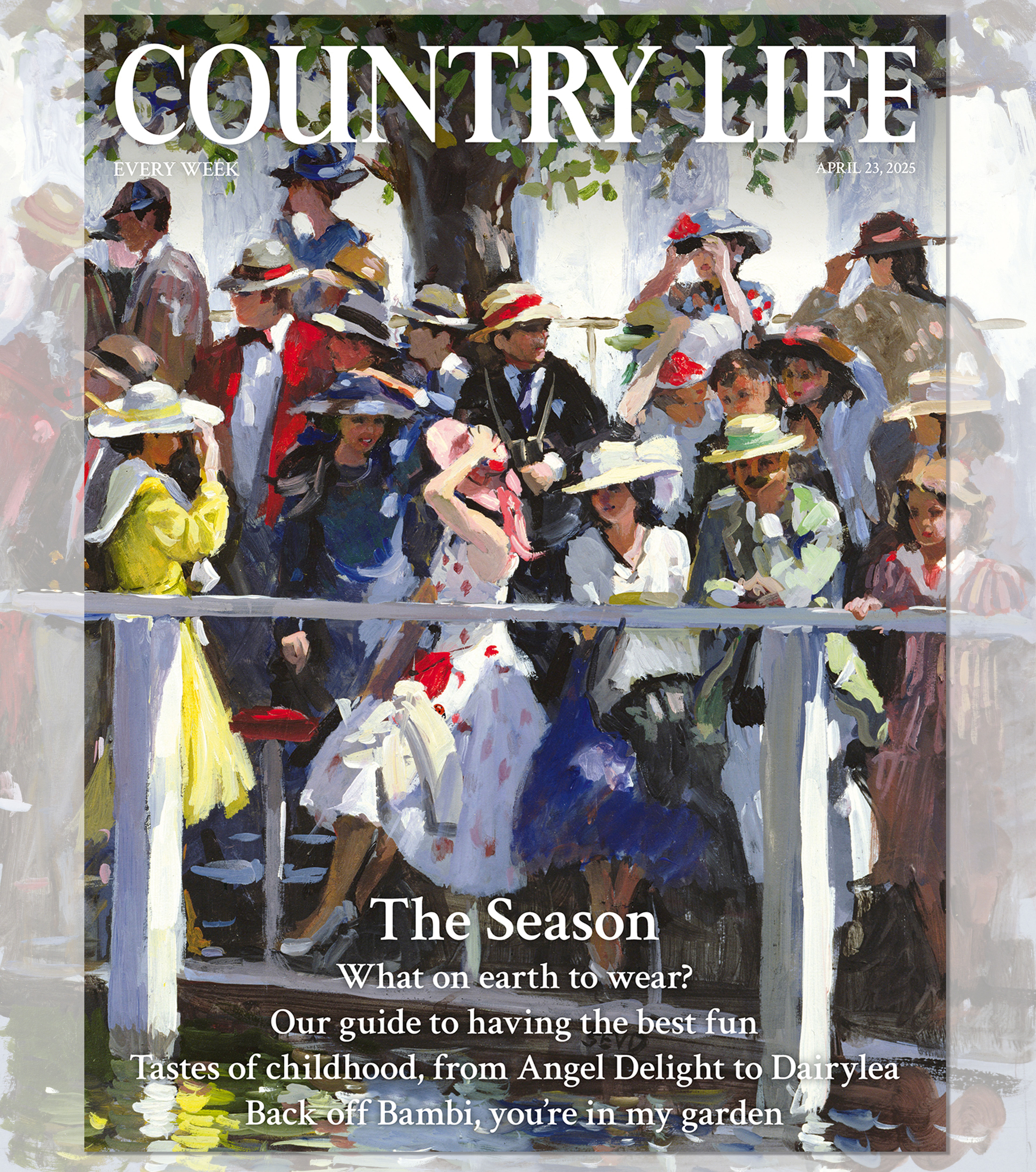Hampshire country houses for sale
Hampshire agents hope two superb manors, on the market for the first time in many years, will tempt buyers

It's crunch time for the country-house market in Hampshire, as two of the county’s most illustrious manors hit the open market for the first time in many generations. Under normal circumstances, the sale of Wyck Place near Alton, or Kilmeston Manor near Alresford at guide prices of £6.5 million and £5.5 million respectively would have wealthy buyers leaping from their Range Rovers, chequebook at the ready. But these times are anything but normal, and the reaction from the marketplace now will almost certainly set the tone for the rest of the sector in 2009.
Secluded Wyck Place, which is unlisted, sits in the middle of its 39½ acres of land, overlooking its own valley and lake, between the villages of East Worldham and Binsted, 3½ miles from Alton. The original Georgian house was bought in 1811 by William Wickham, whose ancestor William of Wykeham (1320–1404) rose from an undistinguished background to become Bishop of Winchester, Chancellor of England, founder of Winchester College and of New College, Oxford, and one of England’s richest men. His family motto, ‘Manners makyth man’, is prominently displayed in various corners of Wyck Place.
William Wickham (1761–1840) was an astute politician who acted as a spymaster for the British government during the French Revolution, and later became a privy counsellor and chief secretary for Ireland. He left Wyck Place to his son Henry, who in turn gave it to his son William on his marriage to the heiress Sophia Lefevre. William and Sophia substantially enlarged the house, adding the west wing and the picturesque east tower. The walled gardens, the stable block and Dairy Cottage were also built at about that time.
In 1946, the house passed to their grand-daughter, Lady Charlotte Bonham-Carter, whose husband Edgar ran the estate until his death in 1956. Lady Charlotte, a passionate supporter of the arts, lived on at Wyck until her death in 1989, aged 96. When she died, her family papers, now in the care of the county records office, represented the contents of a large furniture van. Wyck Place was then sold privately by her executors to the current owners, and so comes fresh to the open market through Knight Frank (020–7629 8171) and Strutt & Parker (020–7629 7282) for the first time in almost 200 years.
During their 20-year tenure, the present vendors have modernised and improved the 11,960sq ft main house, refacing the Queen Anne façade and upgrading the walled garden. Wyck Place has four fine reception rooms, especially the drawing room and dining room, which have large windows overlooking the lake and the surrounding countryside. It also has a study, a modern kitchen/breakfast room, a master suite, six further bedrooms and four further bathrooms.
The second floor is mainly attics, with access to the tower flat, which needs some renovation. Secondary houses include the four-bedroom Stable Cottage and the four-bedroom Dairy Cottage, which may be sold separately. The grounds include two Victorian dovecotes, a hard tennis court, a summer house and water garden, spring-fed ponds, three paddocks and woodland.
Kilmeston Manor, listed Grade II*, sits on high ground at the heart of pretty Kilmeston village, in chalk down country nine miles south-east of Winchester. The manor itself is one of the oldest in Hampshire, first mentioned in a grant of land by King Edgar in 961, land that was later given to St Peter’s Church in Winchester. The oldest part of the present manor house is an Elizabethan hall; the main block is classic 18th century part Queen Anne, part Georgian.
Sign up for the Country Life Newsletter
Exquisite houses, the beauty of Nature, and how to get the most from your life, straight to your inbox.
The north wing was remodelled in the 19th century to accommodate the Prince of Wales, later George IV, who stayed at the manor when he was hunting with the Hampshire Hunt, whose ‘HH’ insignia still includes the Prince of Wales’s feathers. By coincidence, Mrs Fitzherbert had family connections living at nearby Cheriton. In June 1893, the manor was bought by a Mrs Beaufort, who made further substantial alterations to the house; the formal gardens were also laid out at about this time.
In 1902, Kilmeston Manor was bought by the present owner’s family through Knight Frank (020–7629 8171), who are also handling the present sale. Since then, the manor has been home to five generations of Smarts, among them the late Michael Smart, whose charming widow, Ann, will be taking time out from the sale proceedings to organise her daughter’s wedding at Kilmeston next month.
In the meantime, one of her most pressing problems is deciding what to do with ‘five generations’ worth of family clutter accumulated by people who never threw anything away’. With 10,463sq ft of living space, including four grand panelled reception rooms, a study, a billiard room, a kitchen/breakfast room, eight bedrooms, three bathrooms, and a vast unmodernised second floor to play with, Kilmeston Manor needs another family to take it on. Outside, traditional out-buildings include garaging, old stables and stores, and on the other side of the village lane, a pair of two-bedroom cottages.
The 20 acres of lovely wooded gardens and grounds that surround the house are a mix of mature trees, shrubs, lawns and clipped yew hedges, and two paddocks. Behind the pretty, hipped-tile summer house, dating from 1906, is a rose garden bordered by yew hedging and walls, with a lawn dominated by an ancient mulberry tree. There is also an enchanting apple house built of flint with brick dressings, a thatched roof and Gothic windows. More recent is the tennis court, added by the present incumbents, who over the years have revamped the kitchen, reroofed the main house, and generally kept pace with the maintenance required to keep this evidently much-loved historic house in good working order.
Country Life is unlike any other magazine: the only glossy weekly on the newsstand and the only magazine that has been guest-edited by HRH The King not once, but twice. It is a celebration of modern rural life and all its diverse joys and pleasures — that was first published in Queen Victoria's Diamond Jubilee year. Our eclectic mixture of witty and informative content — from the most up-to-date property news and commentary and a coveted glimpse inside some of the UK's best houses and gardens, to gardening, the arts and interior design, written by experts in their field — still cannot be found in print or online, anywhere else.
-
 Vintage tractors and memories of summers past, with Oliver Godfrey
Vintage tractors and memories of summers past, with Oliver GodfreyOliver Godfrey, head of machinery at Cheffins, joins the Country Life podcast to talk about the joys of vintage tractors
By James Fisher
-
 Country Life 23 April 2025
Country Life 23 April 2025Country Life 23 April 2025 looks at how to make the most of The Season in Britain: where to go, what to eat, who to look out for and much more.
By Toby Keel